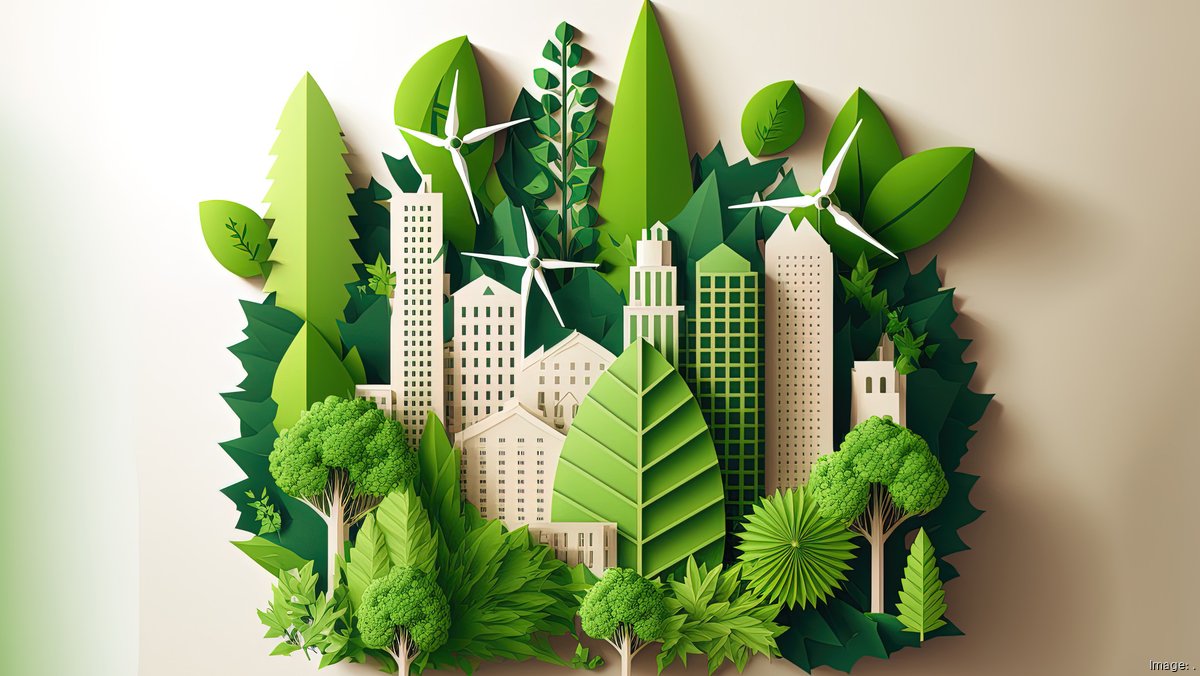Sustainable Construction: Combining Tradition and Innovation
Sustainable construction has become a vital aspect of the modern world. As we strive to protect the environment and reduce our carbon footprint, innovative techniques and materials are being used to construct buildings that are both eco-friendly and aesthetically pleasing.
The Importance of Sustainability
With the increasing population and urbanization, the demand for buildings is higher than ever. However, traditional construction practices often lead to a significant impact on the environment. Sustainable construction aims to minimize this impact by using renewable energy sources, recycled materials, and efficient building designs.
One of the key aspects of sustainable construction is to reduce energy consumption. This can be achieved through the use of solar panels, energy-efficient windows, and proper insulation. By harnessing renewable energy and implementing energy-saving measures, buildings can significantly reduce their carbon emissions.
A Modern Twist: Incorporating Technology
In addition to sustainable practices, modern construction also embraces technological advancements. From using Building Information Modeling (BIM) to virtual reality (VR) simulations, technology plays a crucial role in enhancing the construction process.
BIM allows architects, engineers, and contractors to collaborate more effectively, leading to better project coordination and reduced material waste. VR simulations, on the other hand, allow stakeholders to visualize and experience the final building design before construction begins. This not only saves time and money but also helps in making informed decisions.
The Aesthetics of Sustainable Construction
Sustainable construction doesn’t mean compromising on aesthetics. In fact, it offers endless possibilities for creative and innovative designs. Architects are now incorporating sustainable materials like bamboo, reclaimed wood, and recycled glass into their projects to create visually stunning buildings.
Green roofs and living walls are also gaining popularity in sustainable construction. These features not only provide a natural habitat for plants and animals but also improve air quality and reduce urban heat island effect.
In conclusion, sustainable construction with a modern twist is revolutionizing the way we build. By combining traditional practices with innovative technologies, we can create buildings that are environmentally friendly, visually appealing, and efficient.
